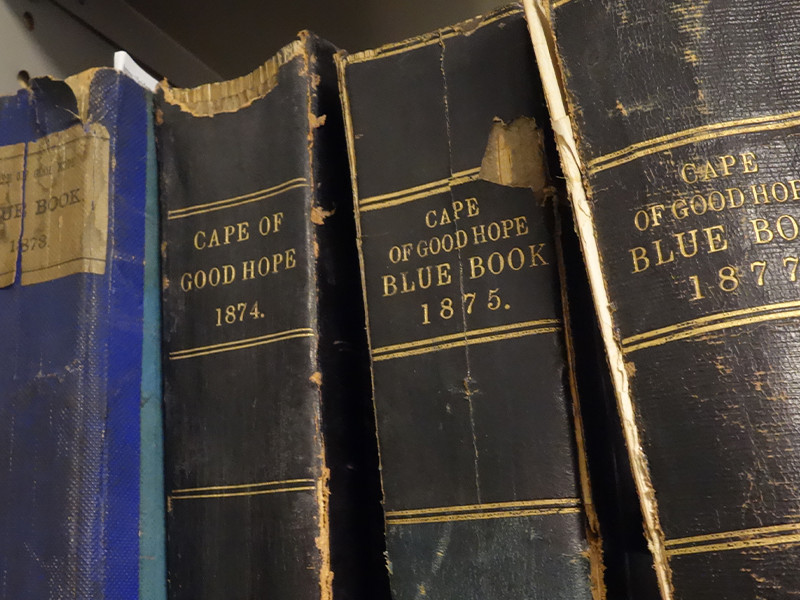Colonial Law in Africa, 1920–1945

African Government Gazettes, 1920–1945
The object of the Gazette is to inform officials, and the general public, who otherwise might not have the opportunity, of the different Regulations, Orders, Postal arrangements, legal information, etc., affecting Protectoratesimg 1
Access the full collection
Access the full archive of Colonial Law in Africa, 1920–1945.
Institutional Free Trial
Start your free trialRegister for a free 30-day trial of Colonial Law in Africa, 1920–1945, for your institution.
Institutional Sales
Visit Sales PagesellFor more information on institutional access, visit our sales page.
Already have a license? Sign in.
Study British colonial law in Africa through government gazettes

The legal system that a country has developed can provide fascinating insights into its social, cultural, and political history. This collection provides the opportunity to explore the laws implemented by successive British governments in eleven African countries from January 1920 to December 1945.
During the nineteenth and twentieth centuries the British government published gazettes on an annual basis. These outlined the colonial laws that were implemented in its African territories. This collection, drawn from the records of the British Foreign & Commonwealth Office, brings together numerous gazettes. The volumes within this collection are organised by country. These include: Kenya, Lagos (Nigeria), Northern Rhodesia (Zambia), Nyasaland (Malawi), Sierra Leone, Southern Rhodesia (Zimbabwe), The Gambia, Gold Coast (Ghana), Uganda, Zanzibar (Tanzania), and Tanganyika (Tanzania).
These documents cover the transfer of Southern Rhodesia from the British South Africa Company to the British government, the influence of the Treaty of Versailles upon Tanzania, and the outbreak of the Second World War. The gazettes also include shipping records, legislation, probate records, and information on land sales. The collection likewise sheds light upon government finances and trading as imports, exports, and colonial finances are detailed in some of the gazettes.
Colonial Law in Africa, 1920–1945 is the second collection in British Online Archives’ three-part series Colonial Law in Africa. This collection provides an extensive survey of British rule throughout Africa. It is a rich resource for students and researchers interested in Africa and the themes of colonialism and race in modern history.
Contents

Highlights
Insights
The gazettes cover the transfer of Tanganyika from German to British Rule following the First World War, the signing of the Treaty of Versailles, the transfer of Southern Rhodesia from the British South Africa Company to the British government in 1923, the 1926 Imperial Conference, the Aba Women's Riots in 1929, the restoration of the Ashanti Confederacy Council in 1935, the Spanish Civil War (1936–1939), and the outbreak of the Second World War.
The names of each gazette changed throughout the period as colonies grew and borders changed.
Unlike other government publications, the gazettes provide details of laws that were either new or that had been amended.
This collection is an important resource for the study of British rule in Africa. The legal notices within the gazettes reveal the issues that were considered important enough to be addressed via the introduction of a law.
The gazettes also contain legal reports, colonial finances, court records, shipping records, licence applications, the names of colonial officers, and the details of imports and exports. Some of the volumes also contain weather observations.
Unlock Historical Research for Your Institution
Provide your students and researchers with direct access to unique primary sources.










